Did You Know?
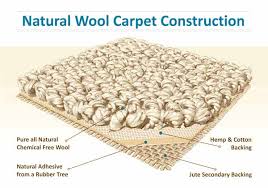 We are deluged everyday with information. No one can retain it all! And when you are shopping for floors and other home improvement products, not only is there lots and lots of information, it's hard to know what's really important. This week we will feature some fun facts that you may not know, or may not remember.
We are deluged everyday with information. No one can retain it all! And when you are shopping for floors and other home improvement products, not only is there lots and lots of information, it's hard to know what's really important. This week we will feature some fun facts that you may not know, or may not remember.
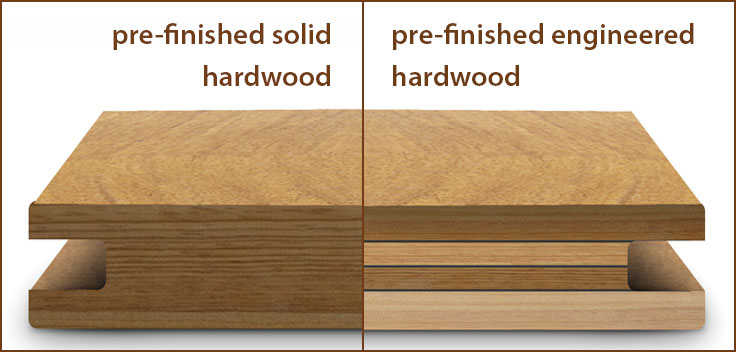
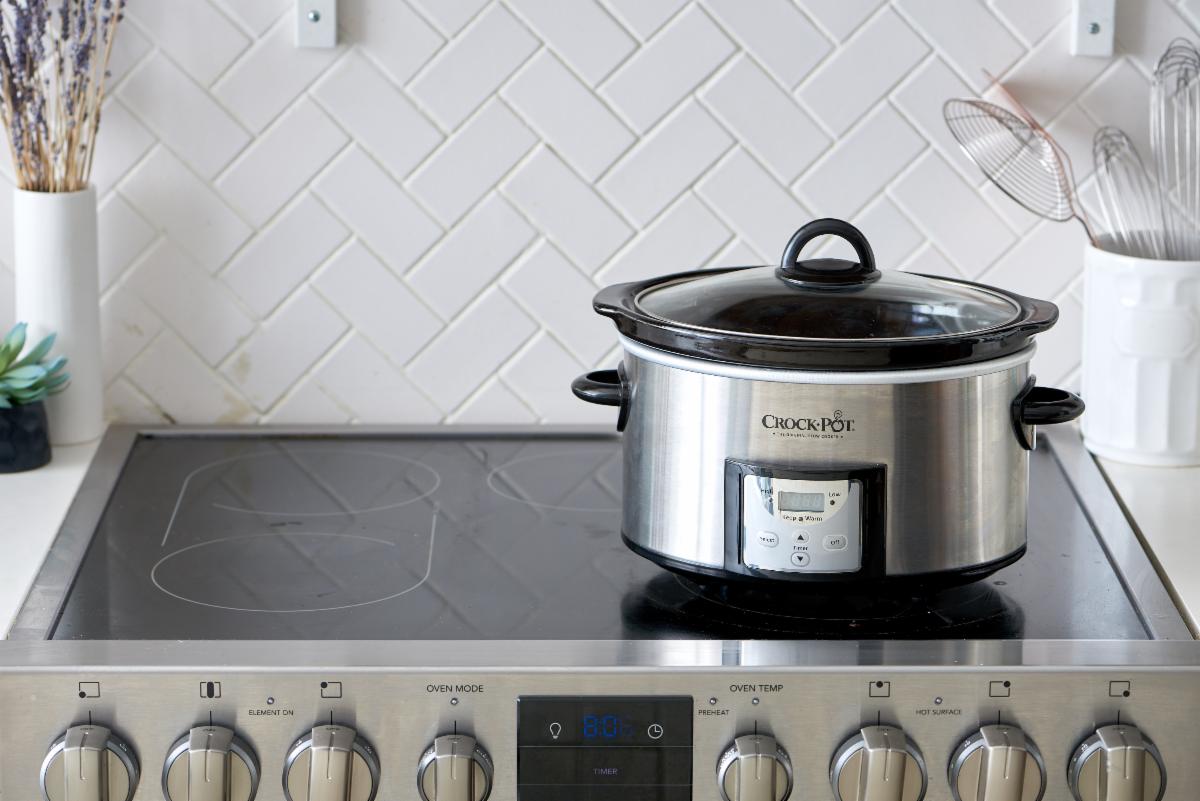
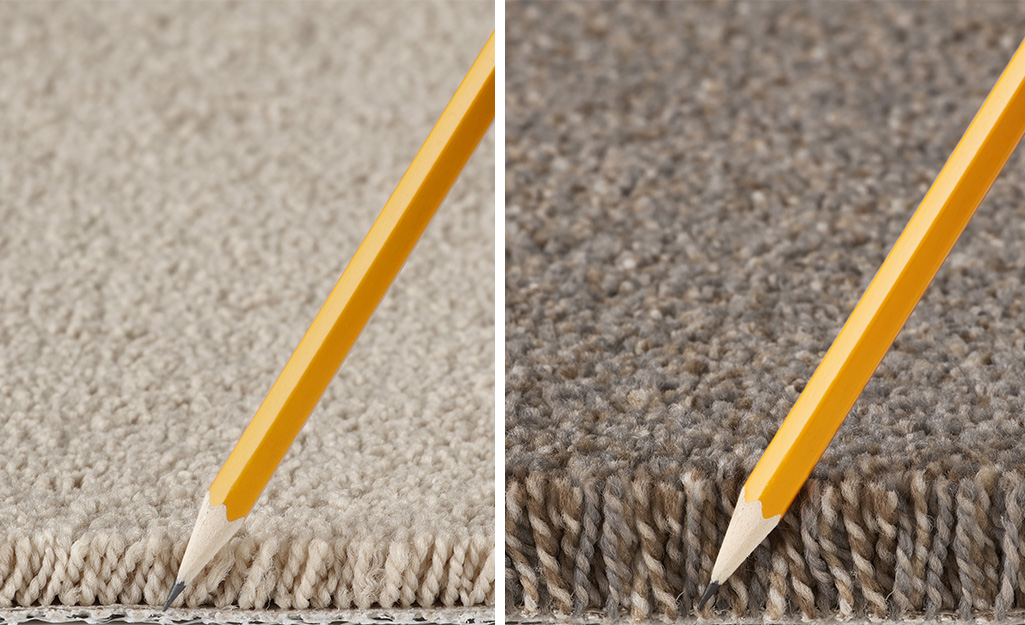 ~~Carpet ounce weight (also called face weight) is a measure of the amount of fiber in a square yard of carpet. The higher the number, the more fiber is used in the construction of the carpet. As a guide, a "good" carpet is usually 18 to 30 ounces, a "better" carpet ranges 30 to 50 ounces, and a "best" is 50 to 65 ounces. "Premium" carpets are usually 65 ounces and up (ounce weights max out around 125 ounces.) Ounce weight is just one of the factors that determines the durability of the carpet. Other important considerations include twist, density (gauge), pile height, and fiber content. It is true that heavier carpet ounce weight will tend to feel more luxurious, plush and comfortable. Heavier carpet has more fiber and yarn, so it costs more to manufacture and thus costs more to purchase. Although a higher ounce weight carpet may be more expensive, it is not necessarily more durable.
~~Carpet ounce weight (also called face weight) is a measure of the amount of fiber in a square yard of carpet. The higher the number, the more fiber is used in the construction of the carpet. As a guide, a "good" carpet is usually 18 to 30 ounces, a "better" carpet ranges 30 to 50 ounces, and a "best" is 50 to 65 ounces. "Premium" carpets are usually 65 ounces and up (ounce weights max out around 125 ounces.) Ounce weight is just one of the factors that determines the durability of the carpet. Other important considerations include twist, density (gauge), pile height, and fiber content. It is true that heavier carpet ounce weight will tend to feel more luxurious, plush and comfortable. Heavier carpet has more fiber and yarn, so it costs more to manufacture and thus costs more to purchase. Although a higher ounce weight carpet may be more expensive, it is not necessarily more durable.
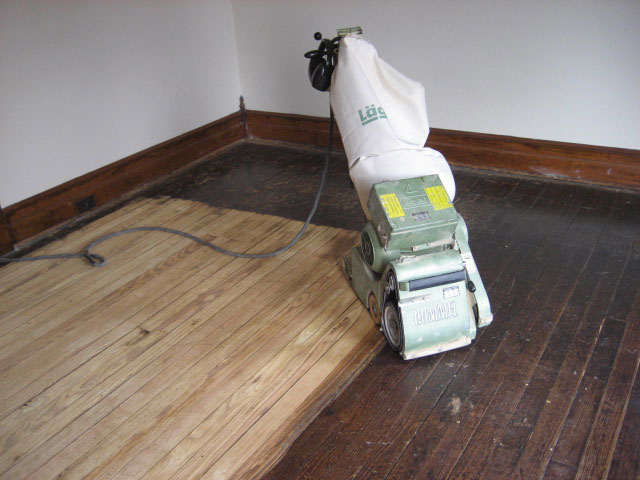
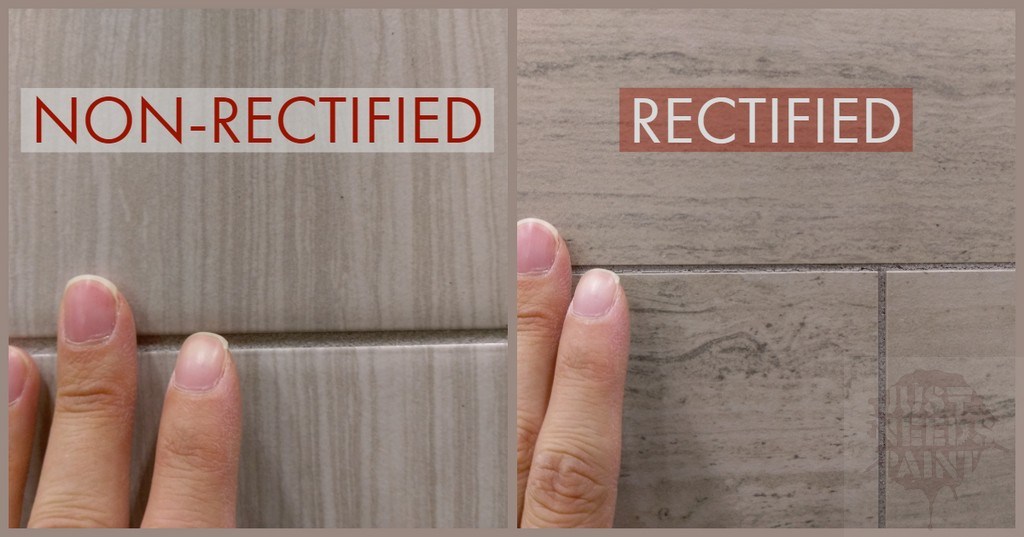 ~~Grout is necessary to fill the spaces between the tiles and to help to secure the tile. If grout is not used, eventually the tiles will damage each other along the edges, due to movement from above and below. Also, even if it looks perfect, the slight variation will cumulatively result in a line that runs way off true. If a small grout line is a priority for you, let us know, as each tile we sell has a recommended grout joint size, and we can help you choose accordingly. A rectified tile will be your best choice, as it requires a much smaller grout joint. Rectified tiles are mechanically ground, after firing, to an exact size, so the edges are more precise. Most rectified tile requires a 1/8" grout line.
~~Grout is necessary to fill the spaces between the tiles and to help to secure the tile. If grout is not used, eventually the tiles will damage each other along the edges, due to movement from above and below. Also, even if it looks perfect, the slight variation will cumulatively result in a line that runs way off true. If a small grout line is a priority for you, let us know, as each tile we sell has a recommended grout joint size, and we can help you choose accordingly. A rectified tile will be your best choice, as it requires a much smaller grout joint. Rectified tiles are mechanically ground, after firing, to an exact size, so the edges are more precise. Most rectified tile requires a 1/8" grout line.

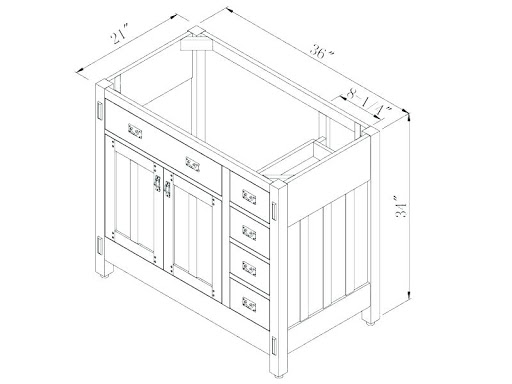 ~~Stock bathroom vanities come in standard sizes, normally 21-22 inches deep, and in widths of 24", 30", 36", 48", and 60". You can combine widths to create a longer vanity. Some stock vanities include a top and sink, but not always. Plumbing hardware like faucets and drains are rarely included. Prices for a 60" stock vanity range from $1000 to $4500. You can also create a custom vanity from cabinet components. Specialty sizes and design features as well as an almost unlimited selection of stain or paint color choices and drawer and door styles are an advantage of a custom vanity. The cost of a 60" custom vanity starts around $2500 and can be as much as $5000 to $6000, depending on the design details.
~~Stock bathroom vanities come in standard sizes, normally 21-22 inches deep, and in widths of 24", 30", 36", 48", and 60". You can combine widths to create a longer vanity. Some stock vanities include a top and sink, but not always. Plumbing hardware like faucets and drains are rarely included. Prices for a 60" stock vanity range from $1000 to $4500. You can also create a custom vanity from cabinet components. Specialty sizes and design features as well as an almost unlimited selection of stain or paint color choices and drawer and door styles are an advantage of a custom vanity. The cost of a 60" custom vanity starts around $2500 and can be as much as $5000 to $6000, depending on the design details.

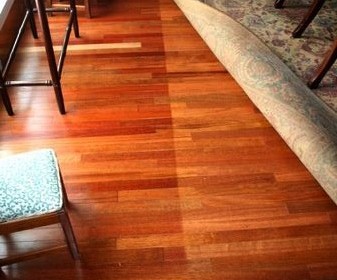
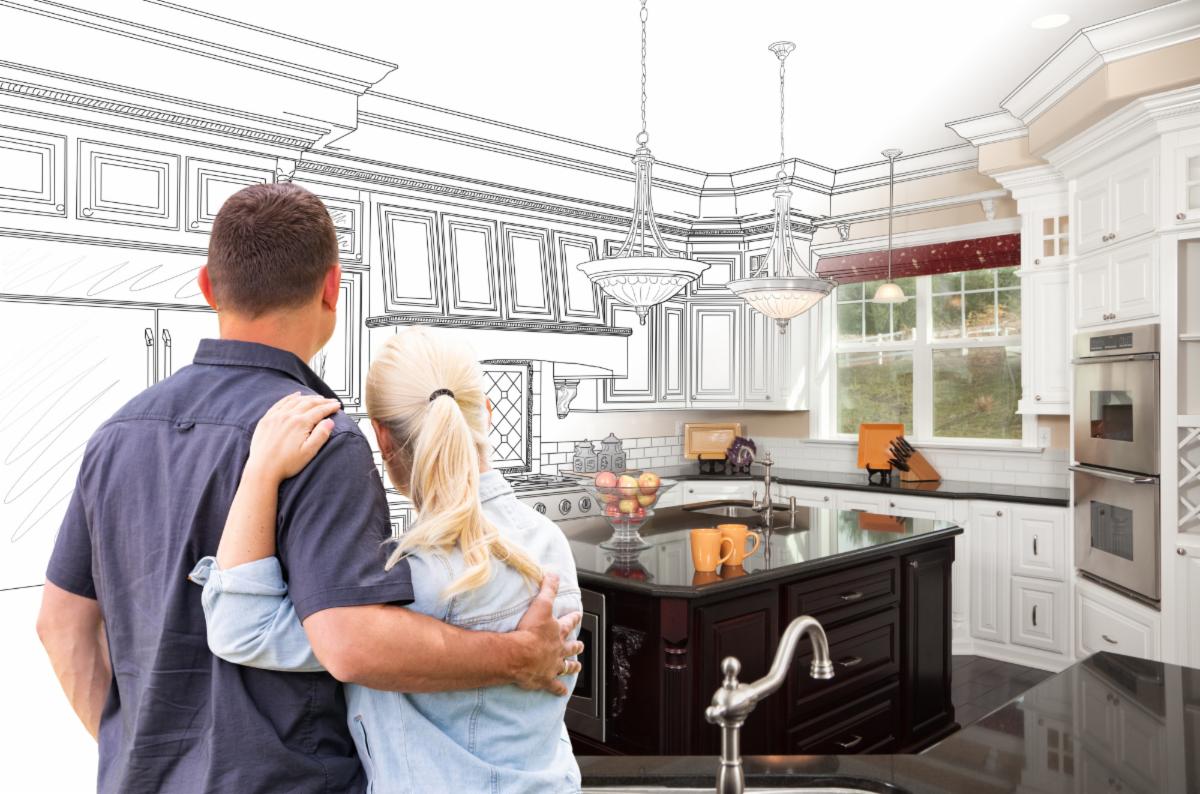
~~One of the biggest cost drivers for a kitchen remodel is structural issues. Changing the footprint of your kitchen in any way will bump up your budget. Moving the kitchen or building an addition involves major construction as well as new electrical, plumbing and flooring. Opening up to another room could require structural work and unforeseen costs if load-bearing walls are involved. Even relocating the sink or range would mean moving the plumbing or gas lines.
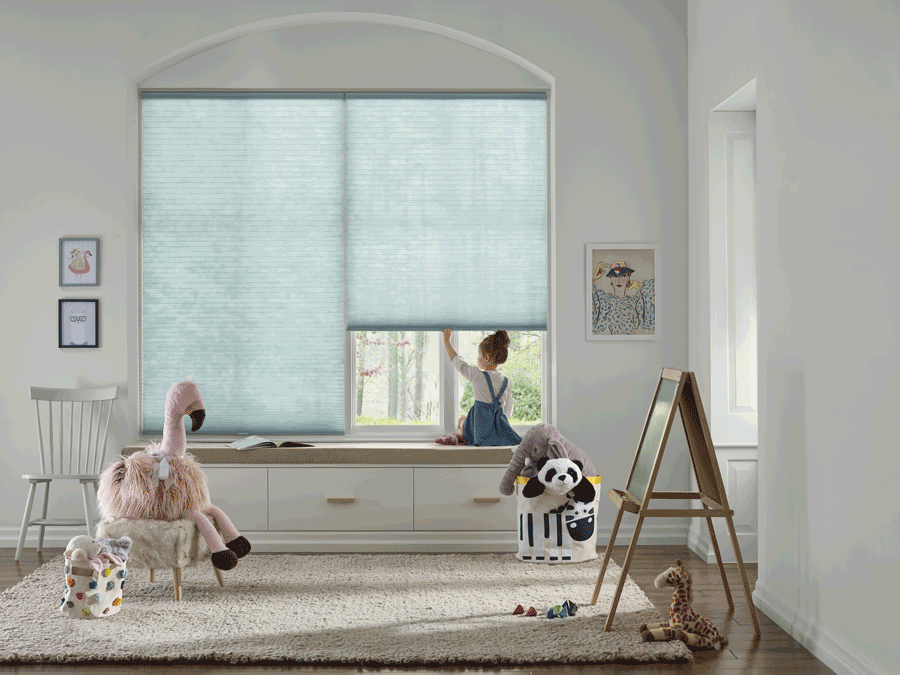 ~~Child safety is very important, and Hunter Douglas offers a variety of options. From cordless and motorized operating systems, retractable lift cords, cord tensioners and wand controls, we offer a wide array of lifting system options for enhanced child and pet safety.
~~Child safety is very important, and Hunter Douglas offers a variety of options. From cordless and motorized operating systems, retractable lift cords, cord tensioners and wand controls, we offer a wide array of lifting system options for enhanced child and pet safety.
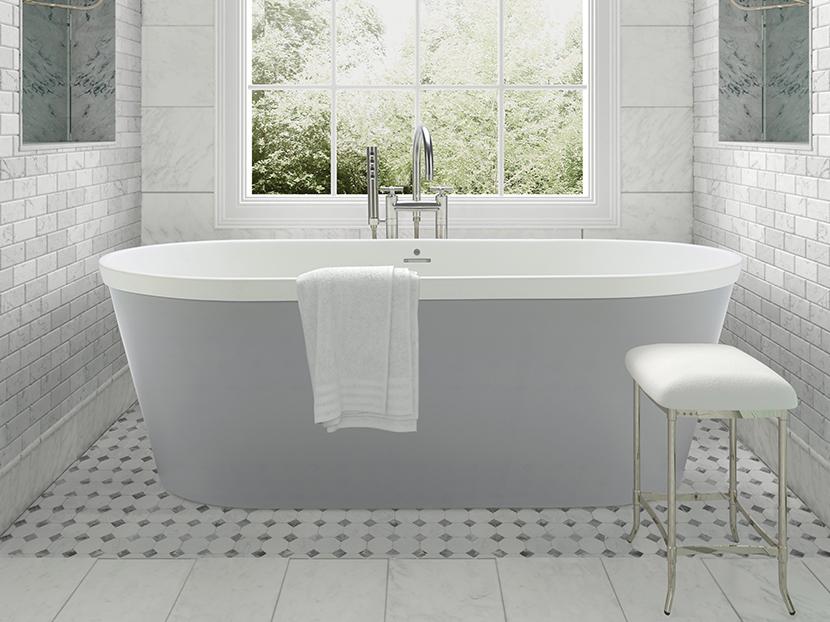
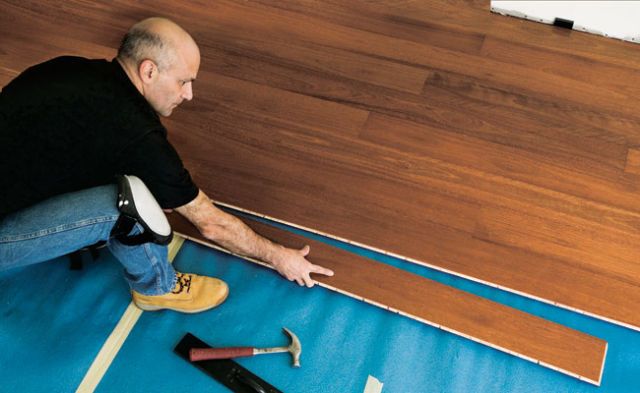

~~Bathroom remodels can take as little as one week and as long as three to four weeks. The complexity of the tear out, installation details and size of the bathroom are all things that effect the range of time you can expect your bathroom makeover to take.
 We are deluged everyday with information. No one can retain it all! And when you are shopping for floors and other home improvement products, not only is there lots and lots of information, it's hard to know what's really important. This week we will feature some fun facts that you may not know, or may not remember.
We are deluged everyday with information. No one can retain it all! And when you are shopping for floors and other home improvement products, not only is there lots and lots of information, it's hard to know what's really important. This week we will feature some fun facts that you may not know, or may not remember.
~~Wool is considered the premier fiber in carpet construction, and it is also the most expensive. It is soft, has excellent resilience and durability, and is the "greenest" fiber that carpet is made from.

~~Prefinished wood floors ARE real hardwood floors. The floor is composed of 100% hardwood. Most engineered wood floors can be sanded at least once, except veneers and heavily scraped/distressed floors. All ¾" solid prefinished wood floors can be sanded numerous times.

~~You should always protect your countertops when using a crock pot, instant pot, or similar device Your stone countertop can crack or stain due to heat and condensation. This is particularly important with quartz, but can also happen with granite and marble. Place your slow cooker on the stovetop, a baking sheet, a silicone baking mat, or a large wooden cutting board. All of these heat-resistant surfaces can also withstand moisture to prevent damage to your countertops.
 ~~Carpet ounce weight (also called face weight) is a measure of the amount of fiber in a square yard of carpet. The higher the number, the more fiber is used in the construction of the carpet. As a guide, a "good" carpet is usually 18 to 30 ounces, a "better" carpet ranges 30 to 50 ounces, and a "best" is 50 to 65 ounces. "Premium" carpets are usually 65 ounces and up (ounce weights max out around 125 ounces.) Ounce weight is just one of the factors that determines the durability of the carpet. Other important considerations include twist, density (gauge), pile height, and fiber content. It is true that heavier carpet ounce weight will tend to feel more luxurious, plush and comfortable. Heavier carpet has more fiber and yarn, so it costs more to manufacture and thus costs more to purchase. Although a higher ounce weight carpet may be more expensive, it is not necessarily more durable.
~~Carpet ounce weight (also called face weight) is a measure of the amount of fiber in a square yard of carpet. The higher the number, the more fiber is used in the construction of the carpet. As a guide, a "good" carpet is usually 18 to 30 ounces, a "better" carpet ranges 30 to 50 ounces, and a "best" is 50 to 65 ounces. "Premium" carpets are usually 65 ounces and up (ounce weights max out around 125 ounces.) Ounce weight is just one of the factors that determines the durability of the carpet. Other important considerations include twist, density (gauge), pile height, and fiber content. It is true that heavier carpet ounce weight will tend to feel more luxurious, plush and comfortable. Heavier carpet has more fiber and yarn, so it costs more to manufacture and thus costs more to purchase. Although a higher ounce weight carpet may be more expensive, it is not necessarily more durable.
~~True linoleum is made from all-natural components such as linseed oil. Historically all "vinyl" was linoleum. Today real linoleum is rare but does still exist. Linoleum is limited in print and pattern capabilities and must be waxed on a regular basis. Most vinyl flooring sold today is 100% synthetic.

~~Site-finished hardwoods are installed raw (unfinished) and then sanded, stained, and coated with polyurethane in your home. You are able to select the stain color and the gloss level of the floor. Prefinished hardwood floors are fully manufactured and finished in the factory. A prefinished floor offers a quicker and more convenient installation, but you have fewer choices in stain color, etc. Both types of wood flooring (site-finished and prefinished) are available in solid and engineered wood.
 ~~Grout is necessary to fill the spaces between the tiles and to help to secure the tile. If grout is not used, eventually the tiles will damage each other along the edges, due to movement from above and below. Also, even if it looks perfect, the slight variation will cumulatively result in a line that runs way off true. If a small grout line is a priority for you, let us know, as each tile we sell has a recommended grout joint size, and we can help you choose accordingly. A rectified tile will be your best choice, as it requires a much smaller grout joint. Rectified tiles are mechanically ground, after firing, to an exact size, so the edges are more precise. Most rectified tile requires a 1/8" grout line.
~~Grout is necessary to fill the spaces between the tiles and to help to secure the tile. If grout is not used, eventually the tiles will damage each other along the edges, due to movement from above and below. Also, even if it looks perfect, the slight variation will cumulatively result in a line that runs way off true. If a small grout line is a priority for you, let us know, as each tile we sell has a recommended grout joint size, and we can help you choose accordingly. A rectified tile will be your best choice, as it requires a much smaller grout joint. Rectified tiles are mechanically ground, after firing, to an exact size, so the edges are more precise. Most rectified tile requires a 1/8" grout line.
~~Only a commercial loop carpet or a very low, tight Berber will not show footprints. Textured carpets, friezes, cut and loops (LCLs), and loose Berbers will only minimize footprints. Also, heavy furniture leaves indentations on all carpets.
~~Sheet vinyl floors are topically waterproof, meaning the product itself is waterproof, especially if there are no seams in the installation. Liquids will not pass through the vinyl. However, this does not mean that water cannot get under the vinyl via the perimeter of the room, or that water cannot be present under the vinyl (a slab with high moisture content, broken pipe in the subfloor, etc.) The same is true for most LVT/LVP. The product itself may be waterproof but in the case of standing water or flooding, the LVT/LVP will not act as a waterproofing barrier for the subfloor and/or any surrounding structure.

~~Quartz countertops are engineered stone. Brand names include LG Viatera, Silestone, and Cambria.) Many patterns look like granite and marble. Quartz is a blend of 93% natural quartz and 7% resin, pigments, and fillers. Quartz is one of the hardest naturally occurring materials. Second only to diamonds in hardness, quartz is highly scratch resistant. Quartz features a long-lasting, high-gloss shine. The surface is non-porous, stain resistant, and does not support the growth of bacteria. No sealing is needed. Quartz is resistant to heat, but the resin can only withstand temperatures of around 150 degrees. That means if you are taking a pan out of your oven or a hot pot from your stove, you cannot set it down directly on your quartz countertop. Be sure to always set hot objects on a hot pad or a metal trivet.
~~How often you refinish a hardwood floor depends on the amount of traffic in your home and how well you take care of your floors. Generally speaking, the average homeowner needs another coat of polyurethane every 6 to 8 years. You totally refinish a floor only because you either want to change the color of the floor or the floor has been abused (deep scratches, gouges, discolorations, etc.)
 ~~Stock bathroom vanities come in standard sizes, normally 21-22 inches deep, and in widths of 24", 30", 36", 48", and 60". You can combine widths to create a longer vanity. Some stock vanities include a top and sink, but not always. Plumbing hardware like faucets and drains are rarely included. Prices for a 60" stock vanity range from $1000 to $4500. You can also create a custom vanity from cabinet components. Specialty sizes and design features as well as an almost unlimited selection of stain or paint color choices and drawer and door styles are an advantage of a custom vanity. The cost of a 60" custom vanity starts around $2500 and can be as much as $5000 to $6000, depending on the design details.
~~Stock bathroom vanities come in standard sizes, normally 21-22 inches deep, and in widths of 24", 30", 36", 48", and 60". You can combine widths to create a longer vanity. Some stock vanities include a top and sink, but not always. Plumbing hardware like faucets and drains are rarely included. Prices for a 60" stock vanity range from $1000 to $4500. You can also create a custom vanity from cabinet components. Specialty sizes and design features as well as an almost unlimited selection of stain or paint color choices and drawer and door styles are an advantage of a custom vanity. The cost of a 60" custom vanity starts around $2500 and can be as much as $5000 to $6000, depending on the design details.
~~Granite countertops are scratch resistant, stain resistant, and heat resistant, NOT scratch proof, stain proof, and heat proof. The darker the granite, the less porous and more stain resistant it is. It is possible to chip the edges by striking it with an object. A heavy pot or other blunt items "slammed down" can cause a crack in the countertop which may be able to be repaired. Never cut directly on stone countertops; always use a cutting board. Do not sit or stand on stone countertops. Do not place hot items directly on the stone surface.

~~Porcelain tile is similar to ceramic but is much stronger and harder. Porcelain has a fine sand base (as opposed to a clay base) and is fired at higher temperatures than ceramic. Some porcelains are glazed (the color is only in the glaze coat) while some are through-body, meaning the surface color goes all the way through the body of the tile. A through-body porcelain will not show chips and scratches as easily.
~~Countertop slabs are typically between 7 and 10 feet long. If your countertop is longer than that, there will definitely be a seam. The seams are joined with epoxy that is mixed with the color that matches the stone. The joined area is then smoothed, leaving only a very thin line. The visibility of seams will depend on the granularity, color, and pattern of the stone. A small, uniform grain (such as Ashen White) will not show seams as easily as a larger varied grain (for example, Carrara Mable.) The seam in a dark color will be less apparent than in a light color. A dramatic pattern with swaths of color will show more seams than a uniform pattern.
~~REMODELING Magazine does an extensive survey every year of recent kitchen remodels in Atlanta. In 2019, a minor kitchen remodel averaged $23,118. A major kitchen remodel was $68,090. An upscale kitchen renovation averaged $138,765. These are all-inclusive prices, including new appliances, countertops, sink and faucet, flooring, and paint. What is the distinction between a minor and major kitchen remodel? Primarily what is done with the cabinets. A major kitchen remodel includes new cabinets. A minor remodel does not include changing the cabinet boxes, only refinishing or painting the existing cabinets.

~~Wood slowly changes color over time. It is very hard if not impossible to match a new wood floor to an older wood floor. For this reason, you can add more of the exact same prefinished flooring and no one will be able guarantee a perfect color match. If you are choosing site finished hardwoods, we will blend the stain color to match as closely as possible, but the most important thing to match is the wood (grade, species, etc.) itself.
~~It can take several months to complete a kitchen "gut" and reno. Custom cabinets usually take around four to six weeks for delivery. The extent of the job, the contractor's workload and the availability of materials also have an effect. Once the materials have been delivered, installation can often be completed in as little as two to four weeks.
~~The thicker the wear layer and vinyl the more durable the LVP (luxury vinyl plank) will be. Look for a 20 mil wearlayer for the very best scratch resistance.

~~The average cost for a bathroom remodel in Atlanta in 2019 of a midrange bathroom remodel was $21,114, as per REMODELING Magazine. This includes all new fixtures, vanity cabinet, frameless glass shower doors, faucets, countertops, tile, and labor (plumbing, electrical, etc.) An "upscale" bathroom remodel was $66,051. You may be wondering what the difference is between midrange and upscale and why the price range is so great. The quality and cost of the materials used is the main factor to determine if the redo is considered midrange or upscale. There are many components to a bathroom remodel, and each item has a wide range in quality and price. For example, a toilet can cost $100 or over $5,000, tub prices range between $125 to over $10,000, and even something "simple" like shower heads vary from $5 to $10,000.
 ~~Child safety is very important, and Hunter Douglas offers a variety of options. From cordless and motorized operating systems, retractable lift cords, cord tensioners and wand controls, we offer a wide array of lifting system options for enhanced child and pet safety.
~~Child safety is very important, and Hunter Douglas offers a variety of options. From cordless and motorized operating systems, retractable lift cords, cord tensioners and wand controls, we offer a wide array of lifting system options for enhanced child and pet safety.
~~Laminate floors mimic hardwood flooring. A laminate floor is comprised of several thin layers of different materials. The visual is actually a computer-generated picture. Most laminates have a plastic backing, a wood-based core, and a heavy finish consisting of multiple layers of melamine (a hard plastic coating) with aluminum oxide added for better wear and scratch resistance.

~~One of the most popular bathroom design trends is the use of a free-standing tub. While beautiful and classic, expect this to add several thousand dollars to the cost of your bathroom renovation. Free standing tubs are deeper than an average tub, can be placed in different locations in a bathroom, and can give a bathroom an antique or a modern feel. One of the first things to think about before installing a free standing tub is where you would like to put it. You'll likely need a large bathroom. Because these tubs can be installed almost anywhere, you no longer have to place them against a wall. Free standing tubs come in many designs, sizes, and materials, depending on your taste and budget. Be prepared: the price may give you sticker shock, as most are in the $2,000--$5,000 range. Of course, you will not have to spend money on material and labor to build a deck around a free-standing tub, but that will only save you a few hundred dollars. You'll also need to factor in the cost of demolition, a plumber and a carpenter (if the ceiling below the bathroom will need to be removed to access the pipes), and new flooring. Plumbing is a big factor (and cost) in changing to a free-standing tub. The plumbing for these tubs is visible, unlike that of other tubs. The drain and water pipes must be run beneath and up through the floor, so you'll have to consider how accessible and involved it is to reroute the plumbing. You should also consider how easy or difficult this will be while deciding on where to put your tub. There may be a lot of cutting and drilling through beams in order to relocate the plumbing. For budgeting purposes anticipate the cost of the plumbing to retrofit your current tub to free standing to range between $3000 and $3500.

~~A floating floor is one that is not attached directly to the subfloor. Panels are attached to each other and are installed over a pad. The floor is held in place by gravity, shoemold, and transitions. All laminates and most LVPs/LVTs are floating floor systems.
~~Natural stone countertops should be cleaned with neutral cleaners. Never clean with any product containing acid, lemon, or bleach. Acids, even a light solution of vinegar and water, will eventually etch and damage natural stone. Do not use scouring powders or creams; these products contain abrasives that may scratch the surface. Use coasters under all glasses, particularly those containing alcohol or citrus juices. Many common food and drinks contain acids that will etch or dull the surface. Wipe up and clean with mild soap and warm water all spills immediately. Thoroughly rinse and dry the surface after washing. Use only cleaners made specifically for natural stone. Stone sealers should be applied as soon as you notice water no longer stands (beads up) on the surface.

~~Without energy-efficient window treatments, as much as 50% of a home's heating and cooling energy can be lost through its windows. Hunter Douglas Duette Architella honeycomb shades featuring a honeycomb-within-a-honeycomb design for greatest energy efficiency. Hunter Douglas products help conserve energy at the window in these three important ways: insulation, solar heat control (allowing the sun into your home in the winter and minimizing the amount that comes in during the summer), and daylighting (lighting rooms with natural light rather than artificial light. By drawing natural light into a room many of our window treatments reduce the need for other types of lighting, thereby reducing your energy use.)
~~Bathroom remodels can take as little as one week and as long as three to four weeks. The complexity of the tear out, installation details and size of the bathroom are all things that effect the range of time you can expect your bathroom makeover to take.
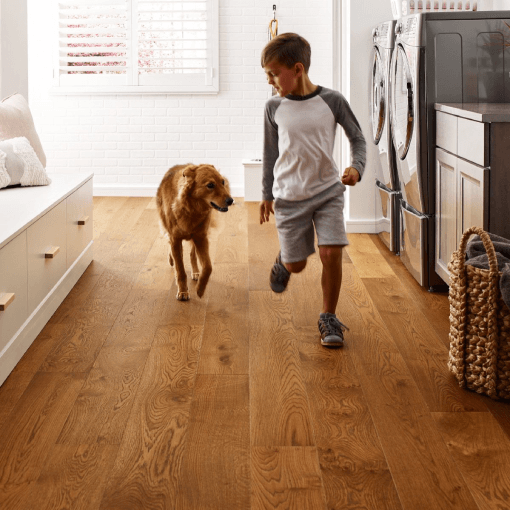
This comment has been removed by the author.
ReplyDelete